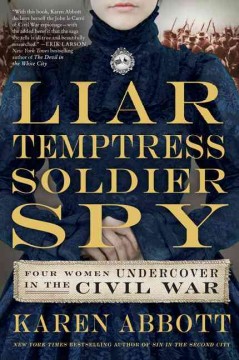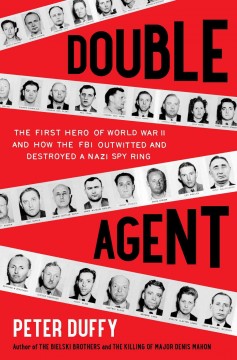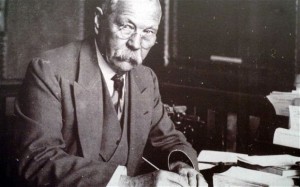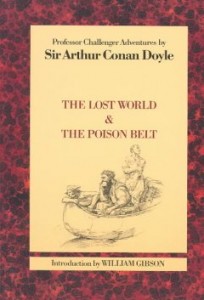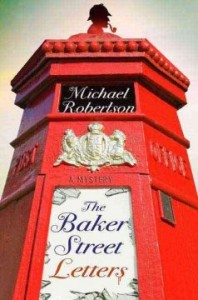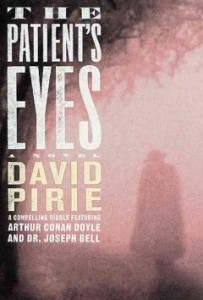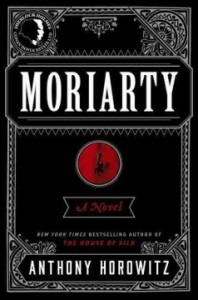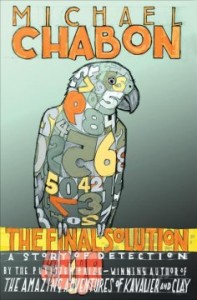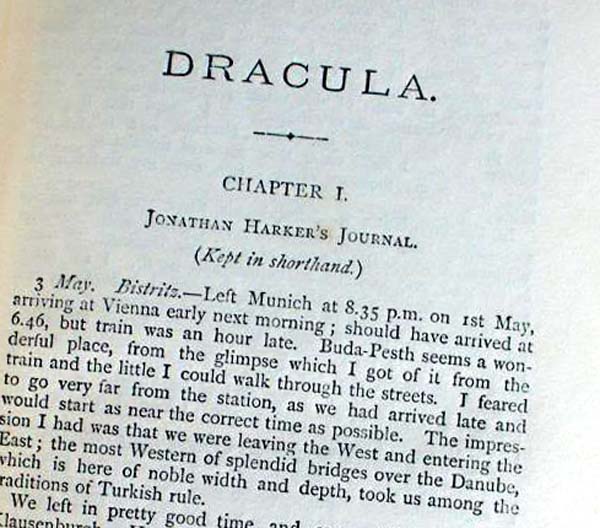
As was mentioned in our post on Tuesday, this week saw the 118th anniversary of the publication of Bram Stoker’s Dracula, one of those wonderful classics that not only stand the test of time, but has influenced more aspects of pop-culture, literature, cinema, and conversation than can be counted here. For example, Dracula (Stoker’s character, not the real-life Wallachian) has appeared in over 200 films since the book’s publication, which is second only to Sherlock Holmes in number of screen appearances. Dracula also appears in more than 1,000 novels, but the most recent estimations.
These facts become even more interesting when it is remembered that the book itself was considered a flop when it was first published in 1897. Indeed, it first gained real attention in 1922 when the silent-film director F.W. Murnau made a film adaptation of the text which he called Nosferatu (the Romanian word for ‘vampire’). When Florence Balcombe Stoker, Bram Stoker’s widow and the copyright holder for his works, realized that Murnau had adapted her late husband’s work without permission, she sued for infringement and won (to her own enormous financial cost). All the films reels were destroyed as part of the suit, but, thankfully for us, a number of pirated copies remained in existence. This is a simply terrific, genuinely creepy film, and even better if you can find a screening with live musical accompaniment. Max Schrenk, who plays ‘Count Orlock’ (aka Dracula) may bear little resemblance to Stoker’s Dracula, but he is utterly compelling and creepy nevertheless.

Because of the legal dispute this film caused, the popularity of Stoker’s work sky-rocketed, and in 1931, Bela Lugosi starred in the movie that made Dracula the star he is today. But so few adaptations, though they feature a character named ‘Dracula’, really concern themselves with the essence of the character Stoker’s created (or, indeed, any of the characters in the book), or the history that he wove into his novel. So what is a Dracula devotee to do? Here, for your reading and viewing pleasure, we present some of our favorites.
If you like Dracula, Then be sure to check out:
 Vlad: The Last Confession: I love this book. I love this book so much I wrote this post specifically so I could recommend this book. I do a small dance every time I talk about this book because I just can’t help it. It is that good. C.C. Humphreys wanted to write a biography of Vlad Tepes (The real-life ruler who inspired Stoker’s Count), but realized he had nothing new to say on the subject. So, instead, he turned his facts into fiction, looking at Vlad’s life through the eyes of the three people who knew him best, and who, ultimately betrayed him. These characters, especially Vlad himself, are so real, you will mourn them when the book is finished; the writing is stunning and evocative, high observant and shockingly funny in places. Best of all, this book features what might very well be my favorite plot-twist/surprise ending in all of fiction. Please read this book so I have someone with whom to discuss it.
Vlad: The Last Confession: I love this book. I love this book so much I wrote this post specifically so I could recommend this book. I do a small dance every time I talk about this book because I just can’t help it. It is that good. C.C. Humphreys wanted to write a biography of Vlad Tepes (The real-life ruler who inspired Stoker’s Count), but realized he had nothing new to say on the subject. So, instead, he turned his facts into fiction, looking at Vlad’s life through the eyes of the three people who knew him best, and who, ultimately betrayed him. These characters, especially Vlad himself, are so real, you will mourn them when the book is finished; the writing is stunning and evocative, high observant and shockingly funny in places. Best of all, this book features what might very well be my favorite plot-twist/surprise ending in all of fiction. Please read this book so I have someone with whom to discuss it.
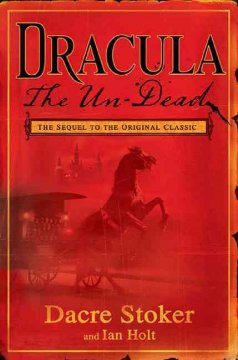 Dracula: The un-dead: This is something of a troublesome book to recommend. On the one hand, it was written by Dacre Stoker, Bram Stoker’s great-grandnephew from notes Stoker made before his death. And there are some moments in this book that are breath-takiningly beautiful (Dracula’s return to Whitby Abbey remains one of my favorites). The book also gives Mina an very healthy amount of credit for being a strong, smart, and I judge every Dracula pastiche by how they treat Mina. But, on the other hand, this book in no way lives up to the original text, and it is so self-referential that it often feels like a parody of sorts more than a ‘sequel’. Nevertheless, it’s worth checking out, especially for genuinely passionate readers who want some idea about Stoker’s thoughts for his characters following their defeat of Dracula in Romania.
Dracula: The un-dead: This is something of a troublesome book to recommend. On the one hand, it was written by Dacre Stoker, Bram Stoker’s great-grandnephew from notes Stoker made before his death. And there are some moments in this book that are breath-takiningly beautiful (Dracula’s return to Whitby Abbey remains one of my favorites). The book also gives Mina an very healthy amount of credit for being a strong, smart, and I judge every Dracula pastiche by how they treat Mina. But, on the other hand, this book in no way lives up to the original text, and it is so self-referential that it often feels like a parody of sorts more than a ‘sequel’. Nevertheless, it’s worth checking out, especially for genuinely passionate readers who want some idea about Stoker’s thoughts for his characters following their defeat of Dracula in Romania.
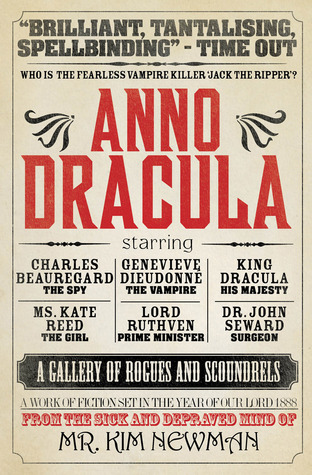 Anno-Dracula: Film scholar Kim Newman combines a terrific eye for detail with a ripping good yarn that features some of the most well-known characters from 19th-century literature. In this strange, alternative-history, the Ripper walks the gas-lit streets, news boys hawk the latest scandals on every street corner…and Queen Victoria has remarried Vlad Tepes, turning the British Empire into a place at once familiar to readers and yet infinitely strange and dangerous. The vast cast of characters, both borrowed and created by Newman, are wonderfully fun, though slow in places, this is an adventure that fans of Victorian literature need to check out, if only for the vast number of inside jokes that feature into each scene.
Anno-Dracula: Film scholar Kim Newman combines a terrific eye for detail with a ripping good yarn that features some of the most well-known characters from 19th-century literature. In this strange, alternative-history, the Ripper walks the gas-lit streets, news boys hawk the latest scandals on every street corner…and Queen Victoria has remarried Vlad Tepes, turning the British Empire into a place at once familiar to readers and yet infinitely strange and dangerous. The vast cast of characters, both borrowed and created by Newman, are wonderfully fun, though slow in places, this is an adventure that fans of Victorian literature need to check out, if only for the vast number of inside jokes that feature into each scene.
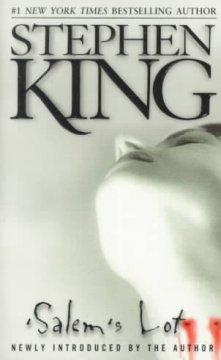 ‘Salem’s Lot: This is another book that I adore, sing songs of happiness regarding it, and foist on unsuspecting friends and family on a regular basis. According to Stephen King, the inspiration for this novel came from a conversation he had with his wife, Tabitha, regarding what would happen if Dracula returned, this time in the United States. Though King thought he would get hit by a New York City cab instantly, he started wondering what would happen if he showed up in a small Maine town…and the rest is history. This is Stephen King as his lyrical best, and while this book is plenty scary (my dad and I both have stories about how different scenes in this book kept us up at night), King’s descriptions of the town of ‘Salem’s Lot, and especially his descriptions of the change of seasons that we see here in New England are so stunning, it is worth reading this book for those passages alone.
‘Salem’s Lot: This is another book that I adore, sing songs of happiness regarding it, and foist on unsuspecting friends and family on a regular basis. According to Stephen King, the inspiration for this novel came from a conversation he had with his wife, Tabitha, regarding what would happen if Dracula returned, this time in the United States. Though King thought he would get hit by a New York City cab instantly, he started wondering what would happen if he showed up in a small Maine town…and the rest is history. This is Stephen King as his lyrical best, and while this book is plenty scary (my dad and I both have stories about how different scenes in this book kept us up at night), King’s descriptions of the town of ‘Salem’s Lot, and especially his descriptions of the change of seasons that we see here in New England are so stunning, it is worth reading this book for those passages alone.
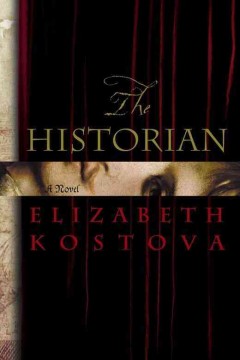 The Historian: Elizabeth Kostova’s best known work takes readers on an overwhelmingly picturesque journey through Eastern Europe, as a daughter hunts for the terrible secret of her mother’s long-ago disappearance, a secret that may be tied to the real-life Vlad Tepes himself. Though this isn’t my favorite of all Dracula-related novels, the travel descriptions in this book are hauntingly beautiful, and there are some wonderfully atmospheric details that make this search as chilling as it is historically engaging. Also, as silly as it might sound, this book has some of the best descriptions of food I have ever come across. If you do check out this book, be sure to read it with a snack close at hand.
The Historian: Elizabeth Kostova’s best known work takes readers on an overwhelmingly picturesque journey through Eastern Europe, as a daughter hunts for the terrible secret of her mother’s long-ago disappearance, a secret that may be tied to the real-life Vlad Tepes himself. Though this isn’t my favorite of all Dracula-related novels, the travel descriptions in this book are hauntingly beautiful, and there are some wonderfully atmospheric details that make this search as chilling as it is historically engaging. Also, as silly as it might sound, this book has some of the best descriptions of food I have ever come across. If you do check out this book, be sure to read it with a snack close at hand.
We hope you enjoy our selection! Check back for an all-new If/Then next Thursday.


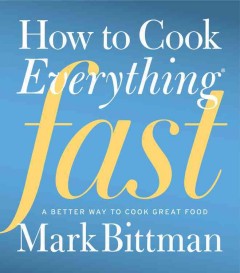









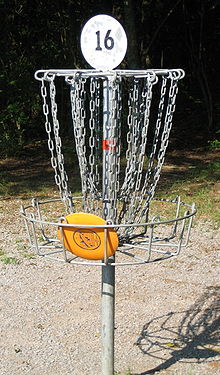

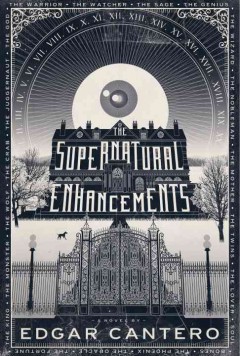
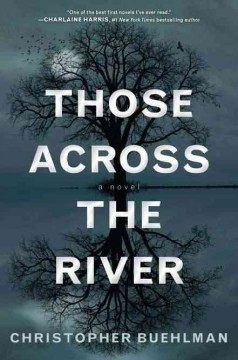
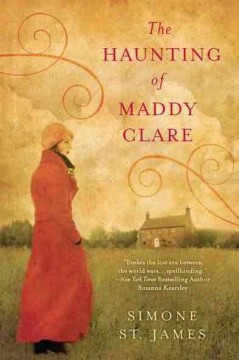 The Haunting of Maddie Claire
The Haunting of Maddie Claire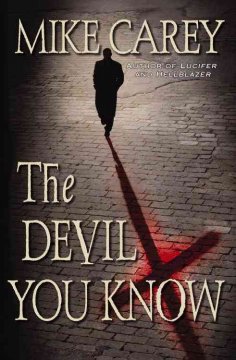 The Devil You Know
The Devil You Know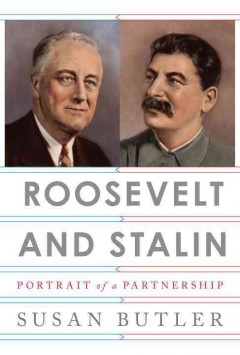 Roosevelt and Stalin
Roosevelt and Stalin 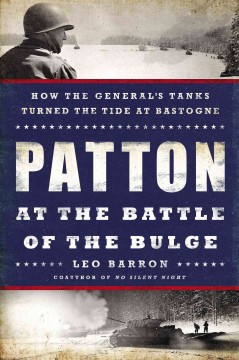
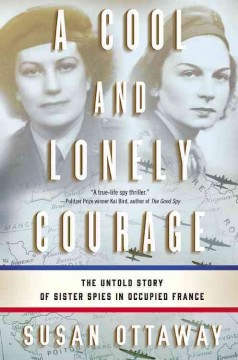 A Cool and Lonely Courage: The Untold Story of Sister Spies inOccupied France
A Cool and Lonely Courage: The Untold Story of Sister Spies inOccupied France